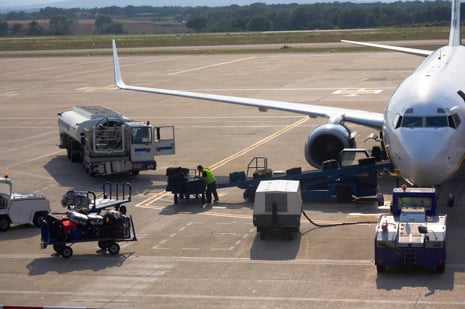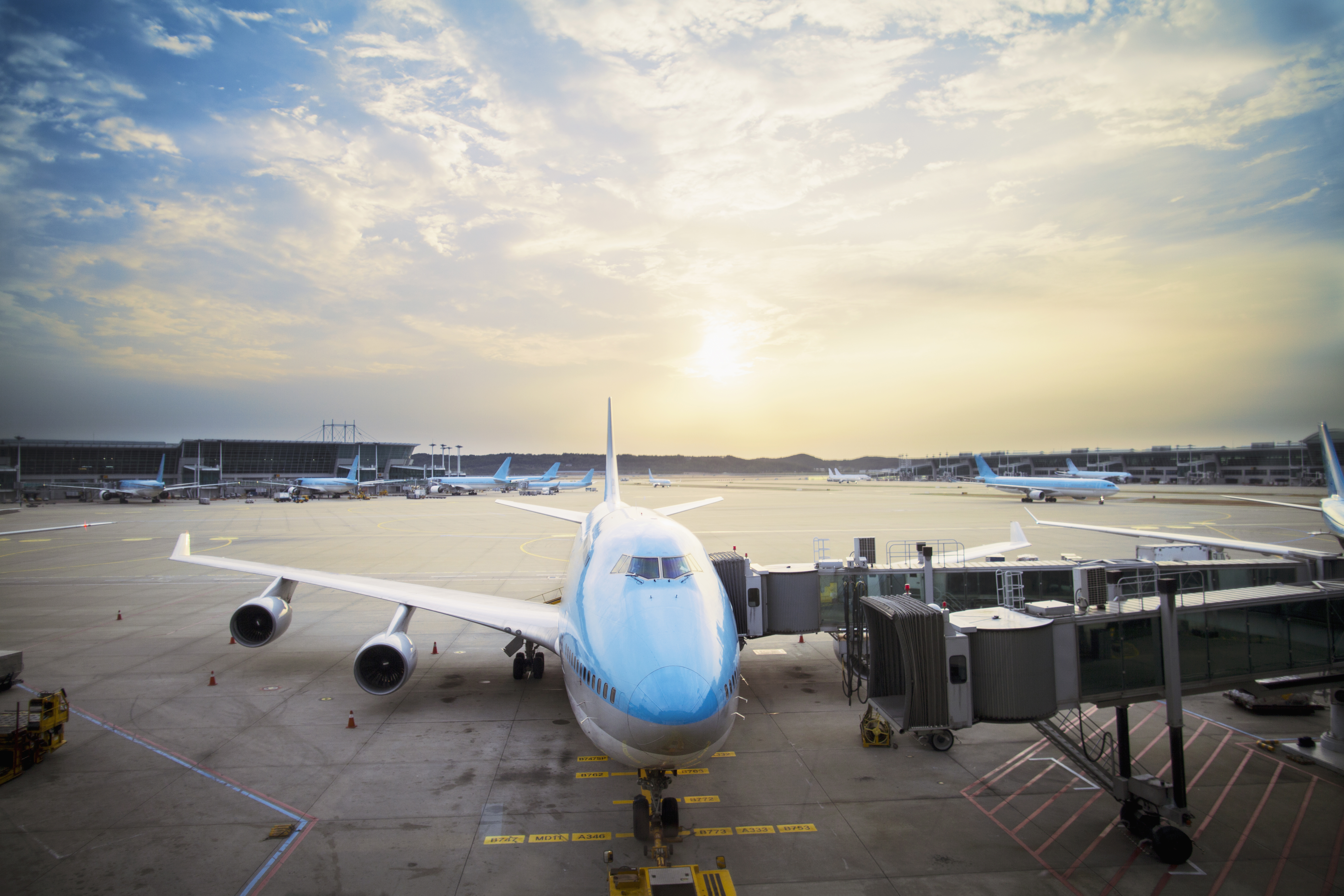
Fuel efficiency has become a strategic priority for the aviation industry. With jet fuel accounting for up to 30% of an airline’s operating costs—and mounting pressure to reduce environmental impact—improving fuel use is no longer just a green initiative. It’s essential to staying competitive and resilient in a shifting market.
Fuel efficiency in aviation refers to how effectively an aircraft uses fuel to transport passengers or cargo over a given distance. It’s typically expressed in terms of energy consumed per unit of payload over distance. The two most common metrics are kilograms per Revenue Tonne Kilometer (kg/RTK), which measures the fuel needed to carry one tonne of payload one kilometer, and kilograms per Revenue Passenger Kilometer (kg/RPK), which applies the same idea to individual passengers. These benchmarks help airlines track their performance, evaluate cost-saving opportunities, and compare results with those of other airlines across the industry.
Reducing fuel use significantly cuts down on emissions, including nitrogen oxides (NOₓ), carbon dioxide (CO₂), sulfur oxides (SOₓ), and particulate matter. Improving fuel efficiency supports industry-wide sustainability goals such as IATA’s net zero CO2 emissions target by 2050.
Economically, fuel remains a volatile and significant cost factor, often accounting for 25–30% of an airline's total expenses. As jet fuel prices continue to outpace inflation while airfares remain constrained, fuel efficiency becomes a vital lever for profitability.
A range of technical and operational factors influences how much fuel an aircraft consumes, including:
Yes, economy class is more fuel-efficient per passenger than premium seating. That’s because premium seats take up more space and add weight due to additional amenities, reducing the number of passengers that can be carried per flight. While less efficient from a fuel-per-passenger standpoint, premium seating is often justified by higher revenue per seat.

Improving fuel efficiency requires collaboration across departments. It's not just a pilot issue—maintenance, dispatch, and ground operations all play a role. Pilots, in particular, benefit from personalized feedback, involvement in initiative design, and data that helps them balance fuel-saving efforts with safety.
Data analytics is another powerful lever. By monitoring consumption trends and comparing routes, airlines can pinpoint areas for improvement and evaluate the impact of new practices. Optimization tools also help flight planners select the most efficient paths using real-time weather and traffic data.
Even older aircraft can be made more efficient through procedural adjustments, retrofits, or detailed performance monitoring. The key is to take a proactive, data-driven approach tailored to the realities of each aircraft and route.
Artificial intelligence is transforming aviation fuel management. AI enables real-time route optimization based on changing weather, predicts when engines need servicing to maintain efficiency, and helps identify optimal traffic patterns. It also enhances historical data analysis, revealing trends and opportunities for improvement. Together, these capabilities enable smarter, more adaptive operational decisions that drive down fuel burn.
The industry is making significant strides in fuel innovation. Sustainable Aviation Fuels (SAFs) offer a substantial reduction in lifecycle emissions. Hybrid-electric propulsion is being explored for short-haul aircraft, while engine manufacturers are developing designs with improved thermal efficiency and lower burn rates. Aerodynamic modifications, such as winglets, also help reduce drag and fuel consumption.
Staying informed about these technologies is crucial for those in roles related to fuel efficiency and sustainability.
Fuel efficiency initiatives are typically measured by key performance indicators such as fuel burn per flight hour, emissions reduction, cost savings, and improvements in kg/RTK or kg/RPK. Ongoing data analysis, combined with consistent reporting, ensures progress is measured, shared, and refined.
Implementing fuel-saving programs isn’t without obstacles. Change resistance, data silos, regulatory compliance, and initial investment costs can all slow progress. Overcoming these requires leadership buy-in, transparent communication, cross-functional alignment, and a clear demonstration of long-term benefits.
Continuous improvement is built on culture, not just strategy. Airlines that succeed in long-term fuel savings prioritize data review, embrace new technologies, and foster a sustainability mindset at all levels of the organization. Training programs, open feedback channels, and shared accountability ensure everyone understands the value of fuel efficiency and plays a role in achieving it.